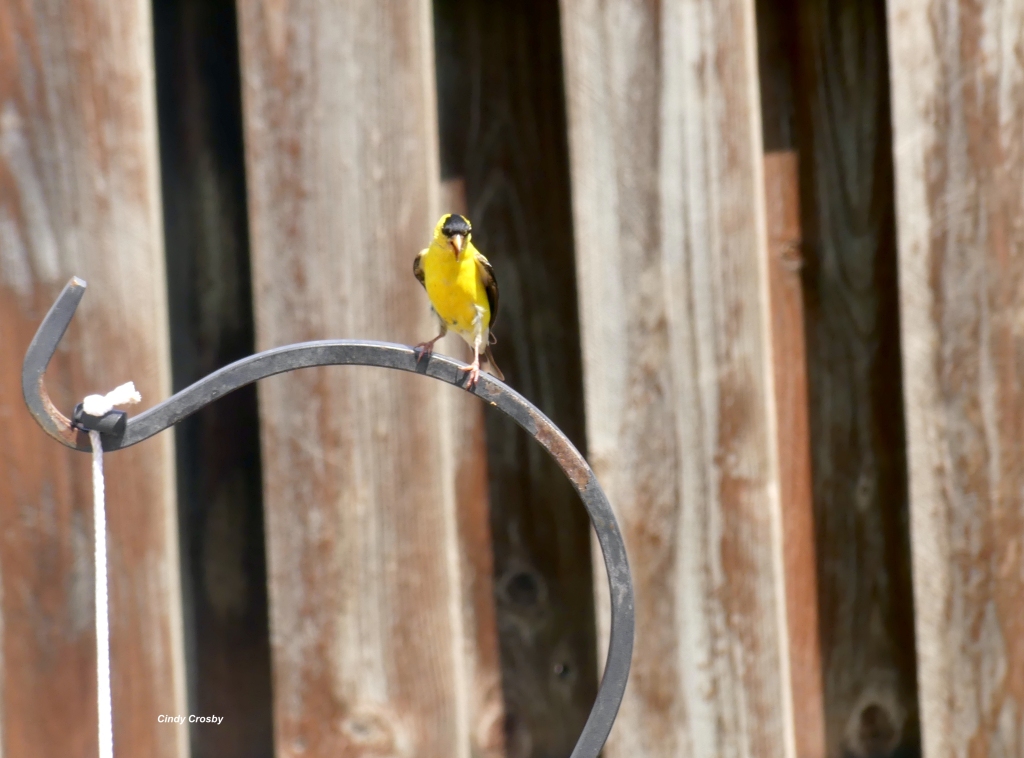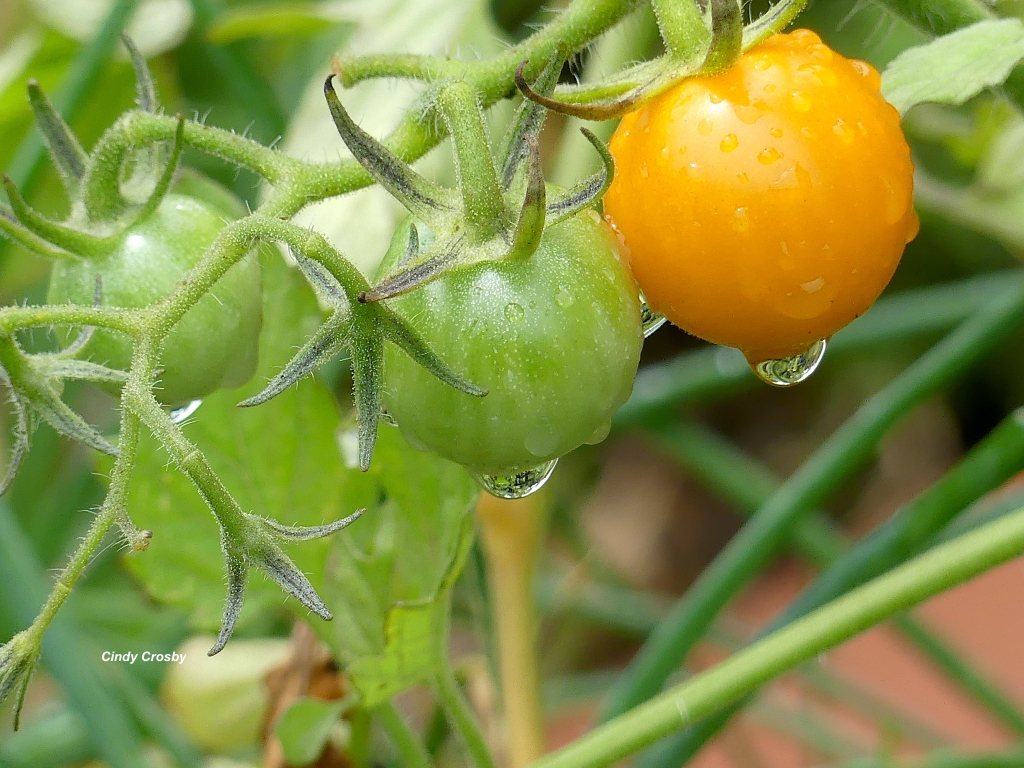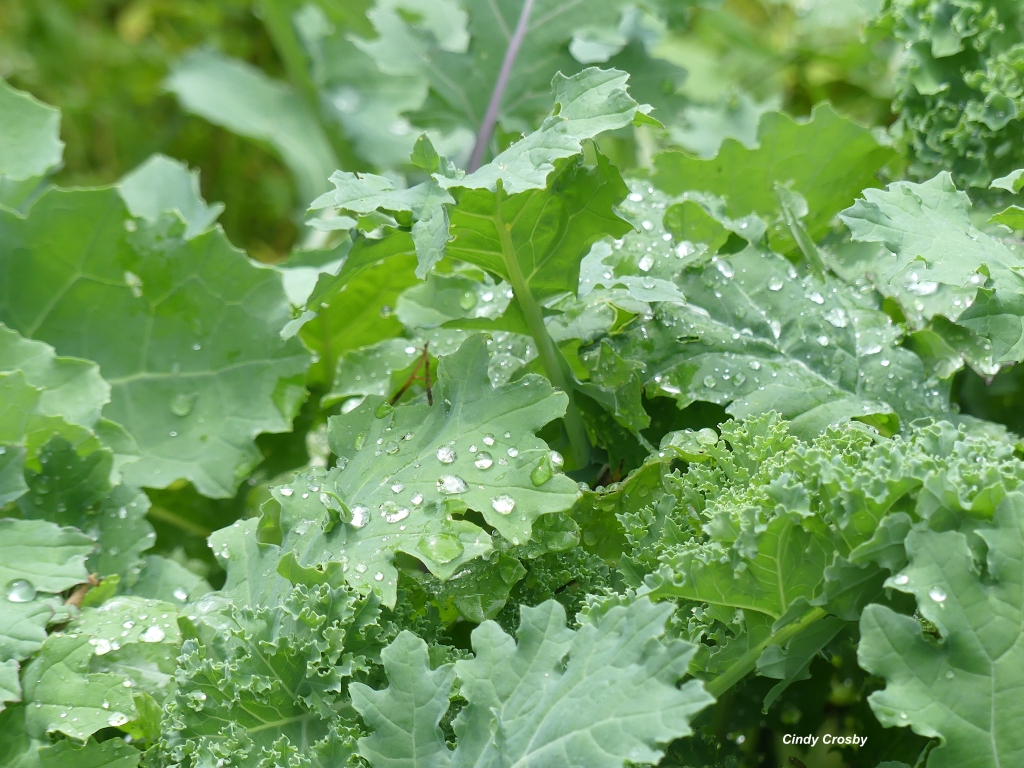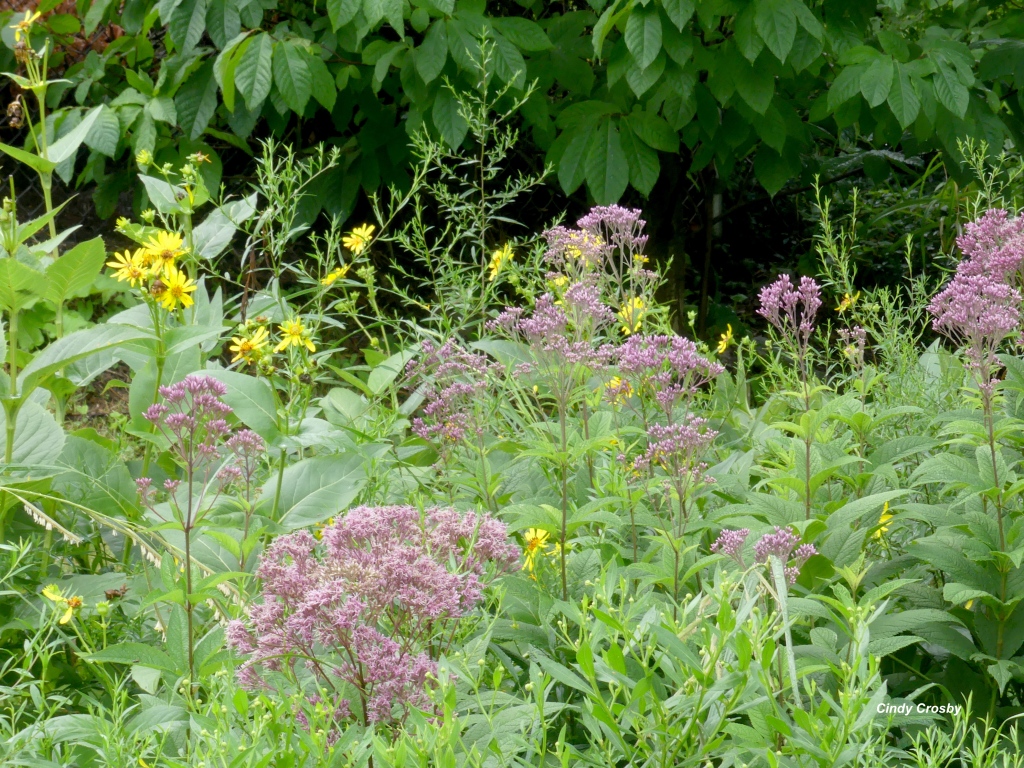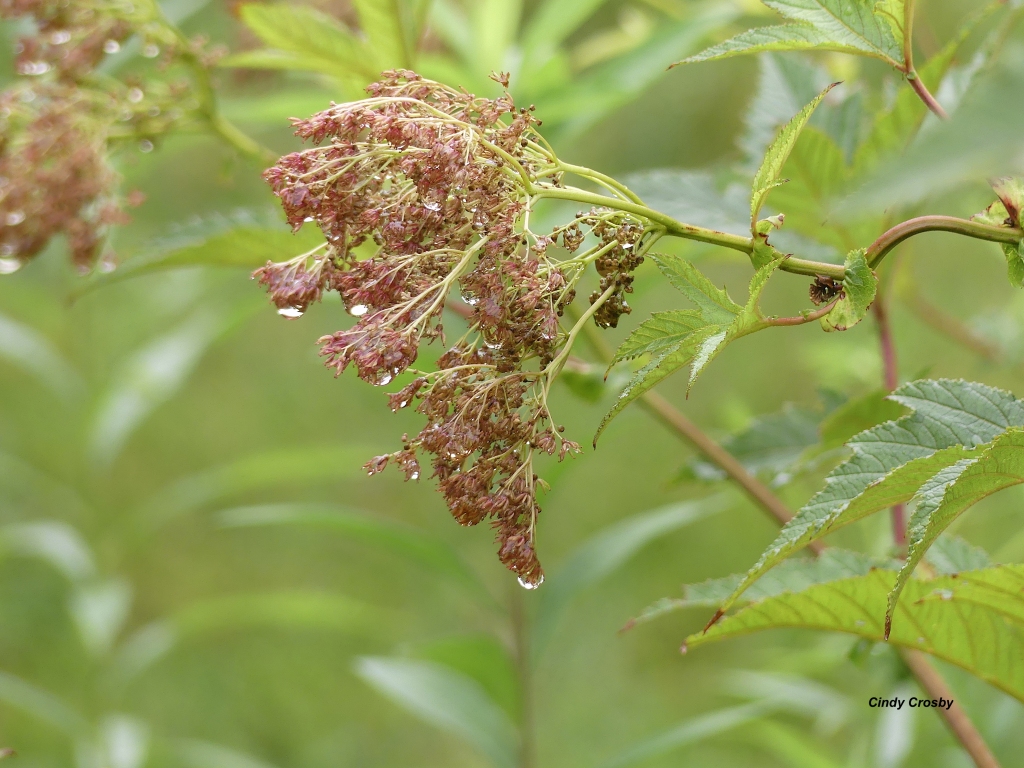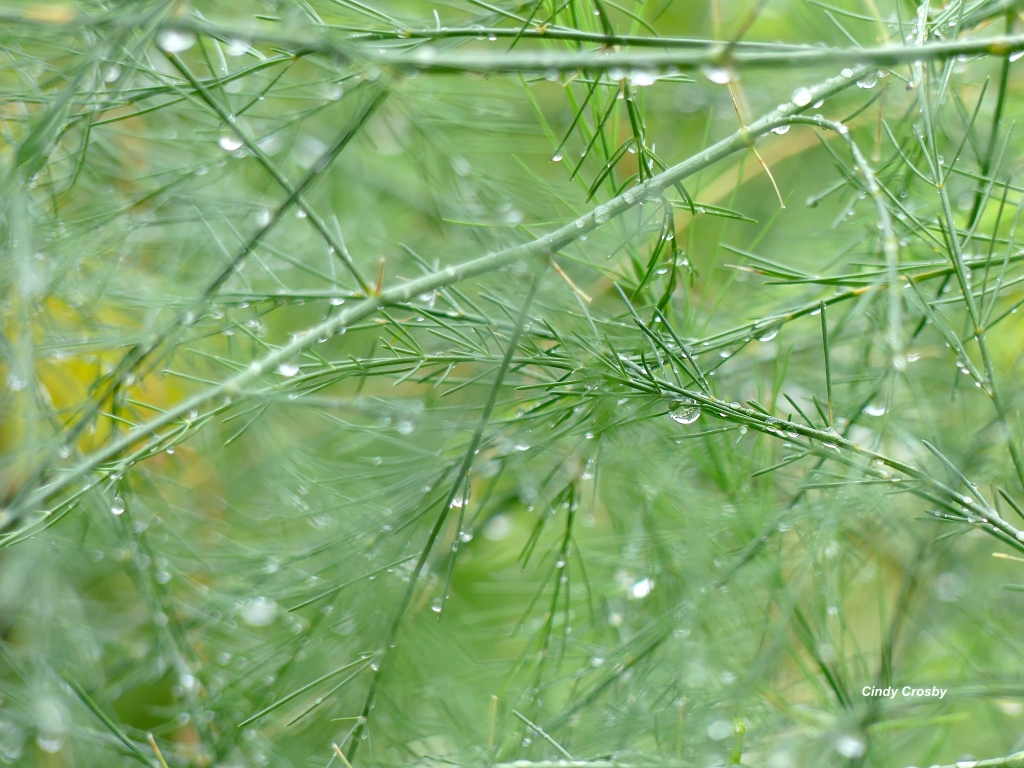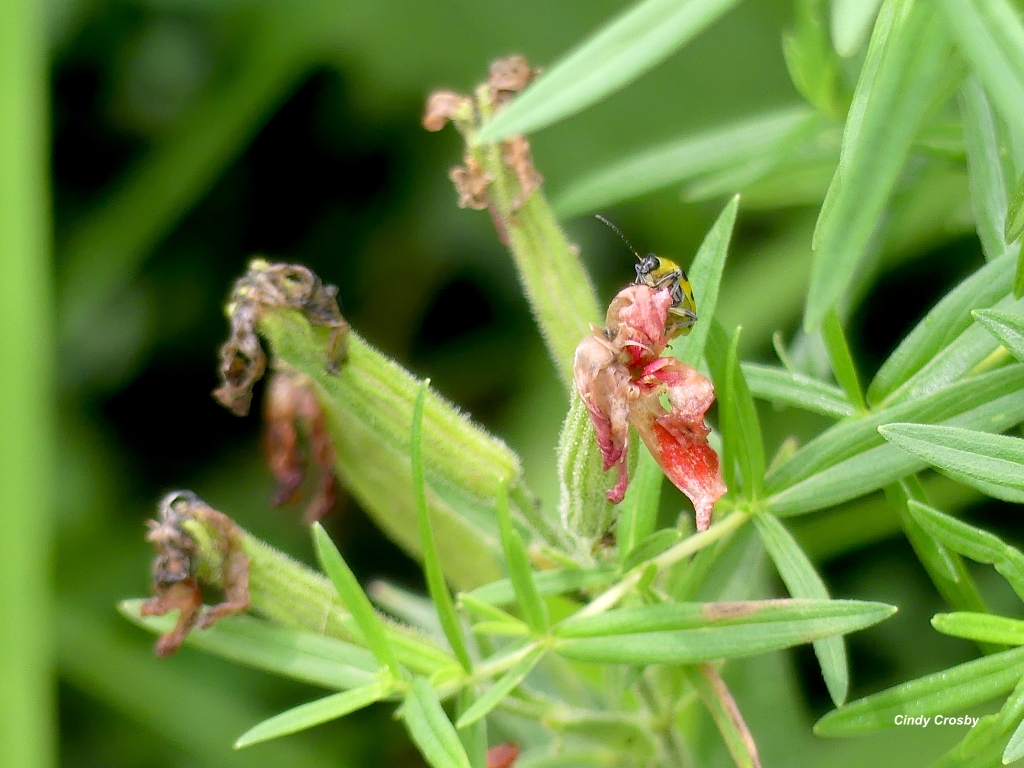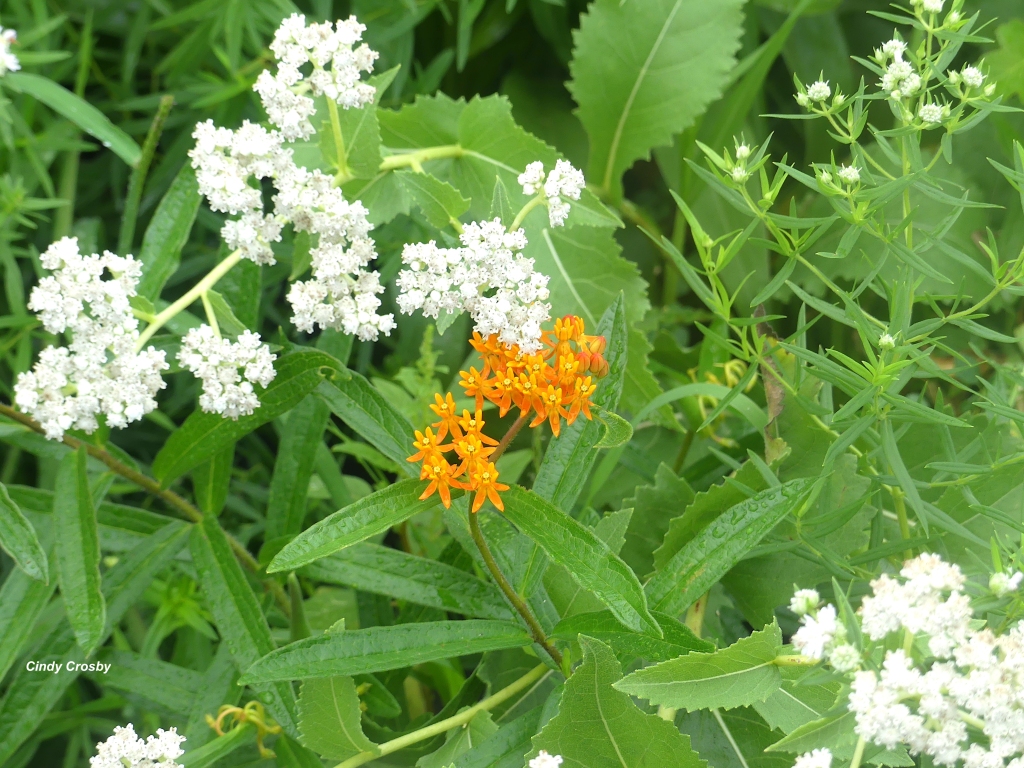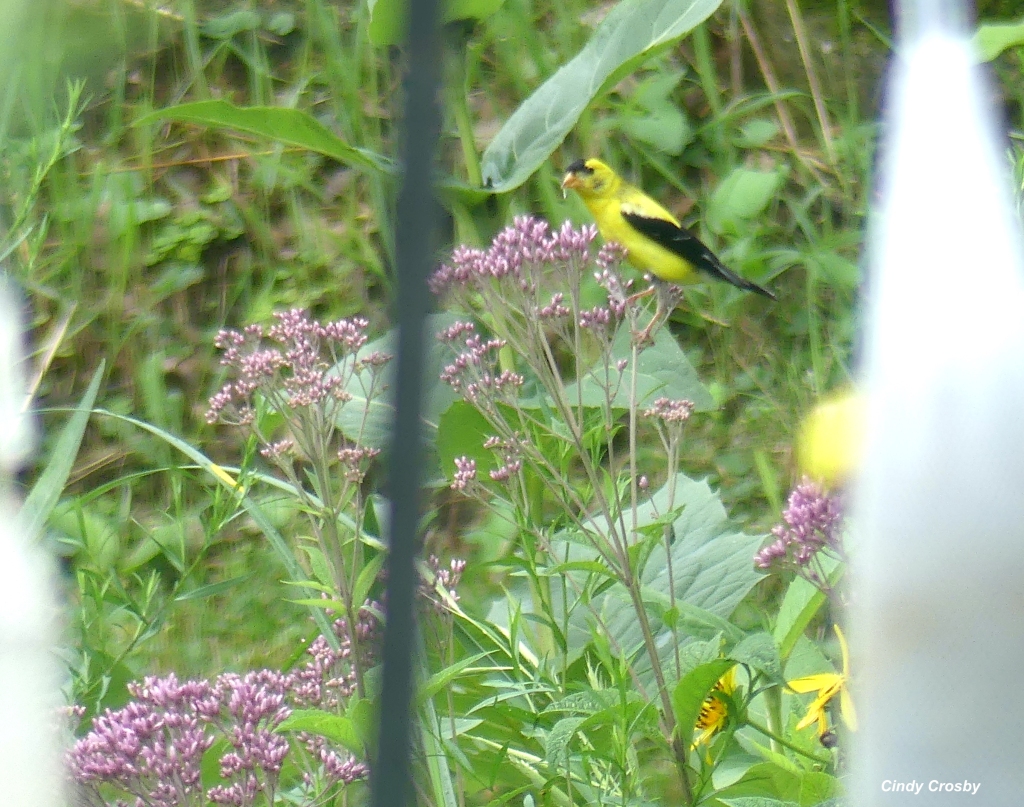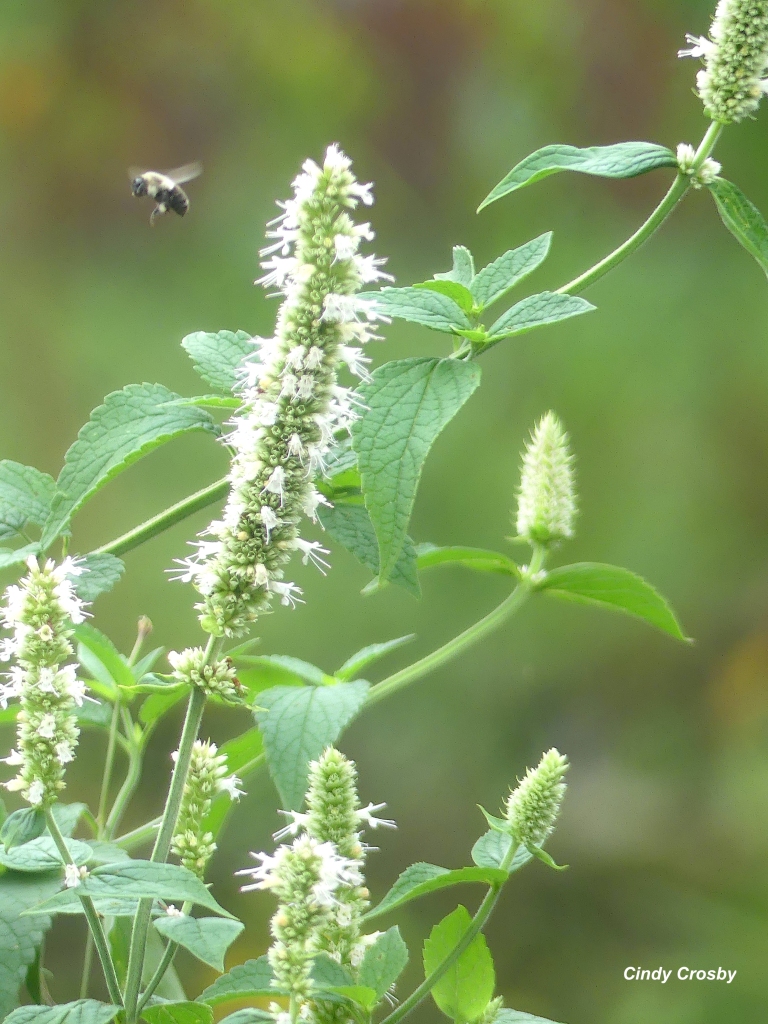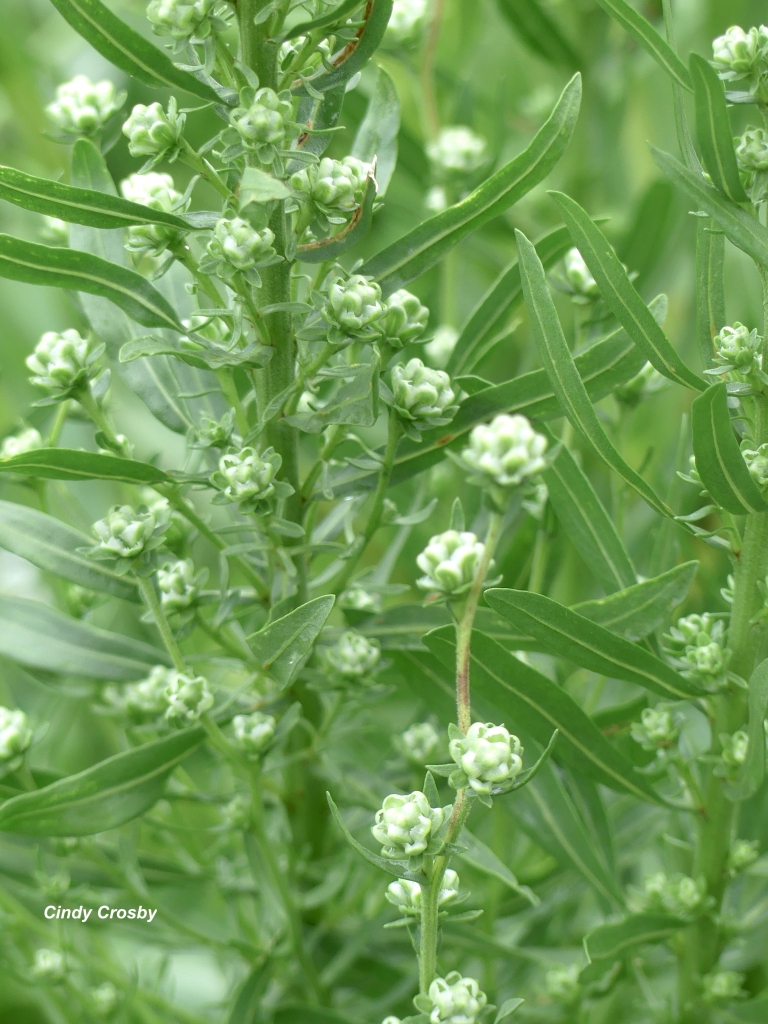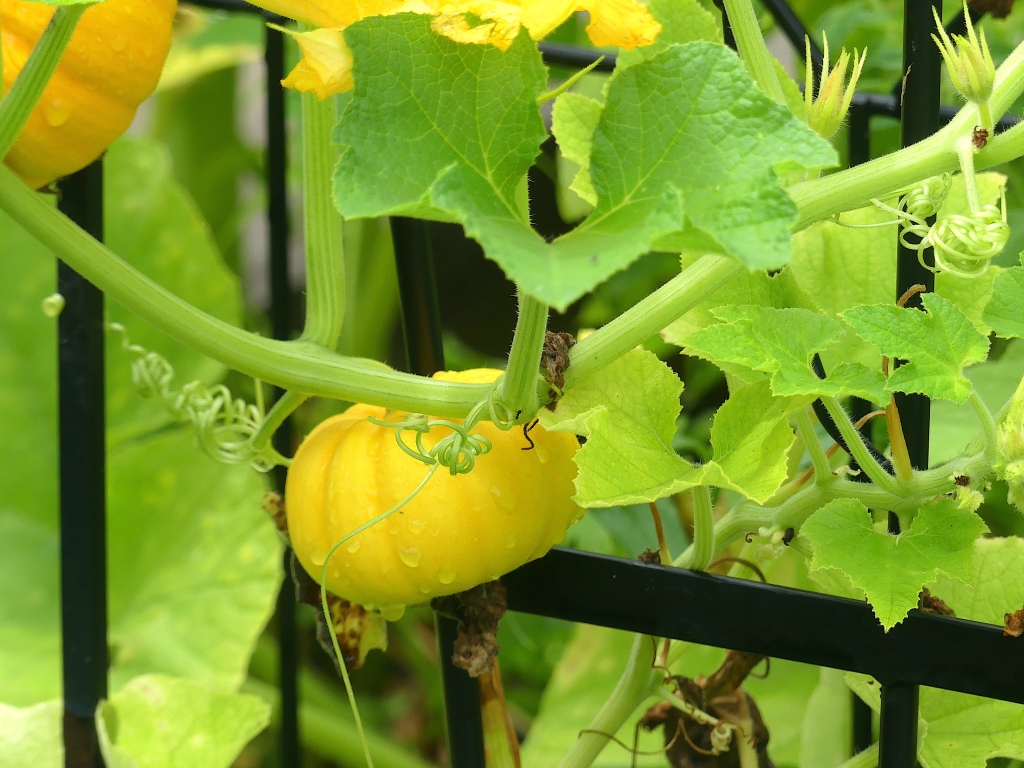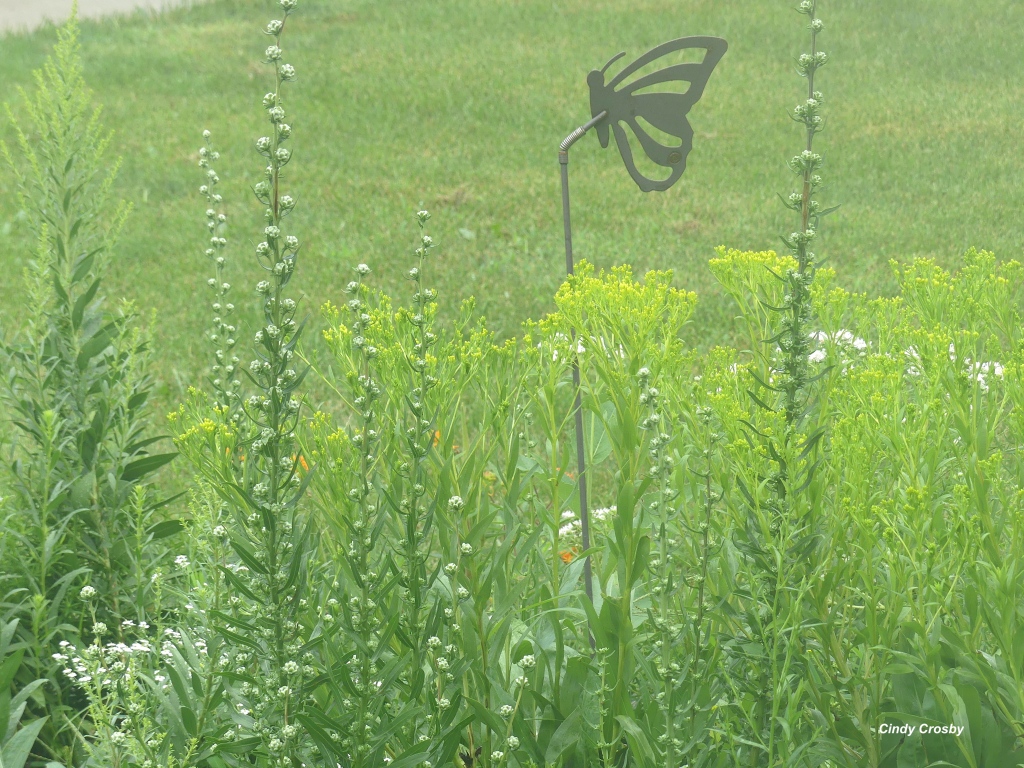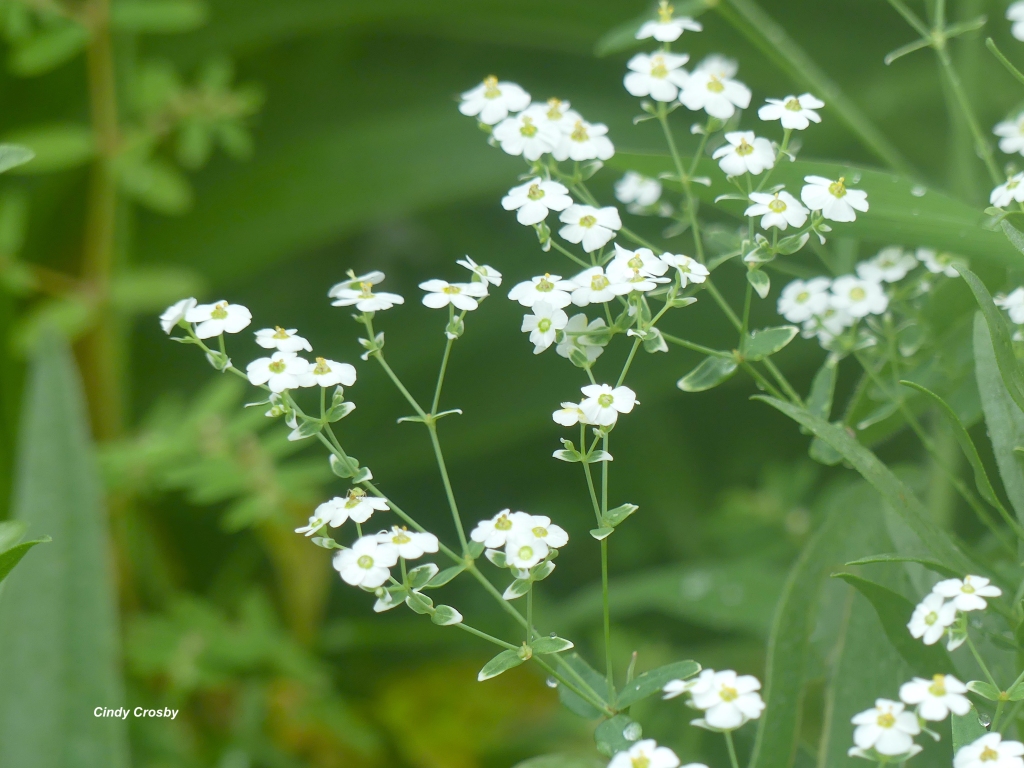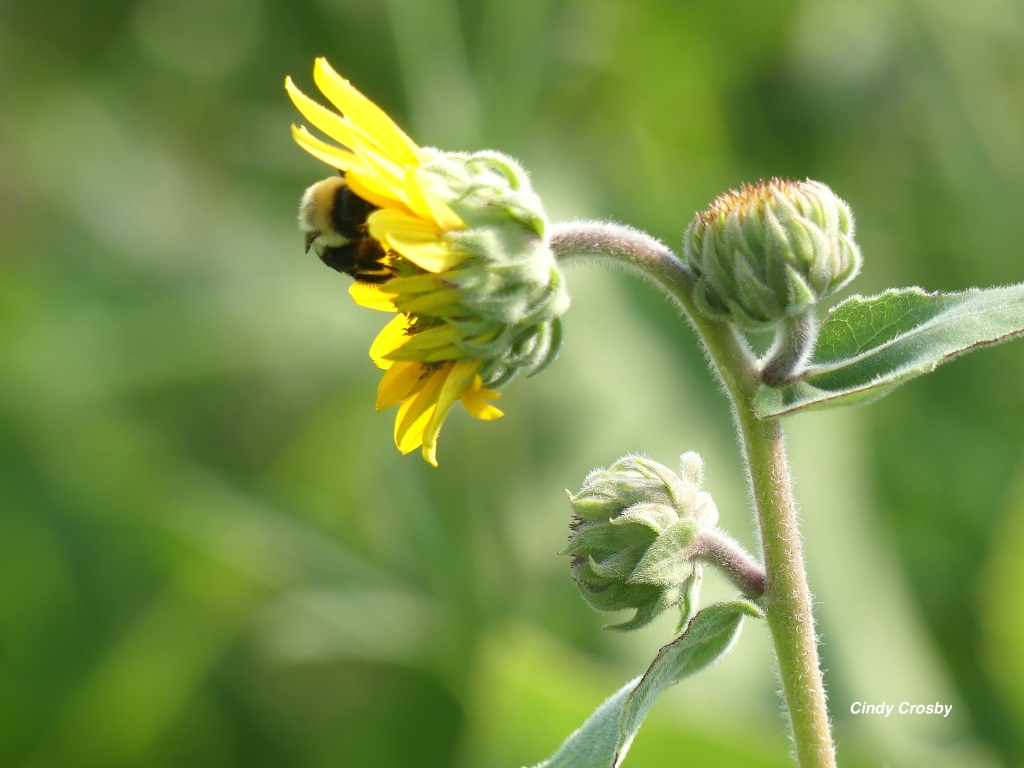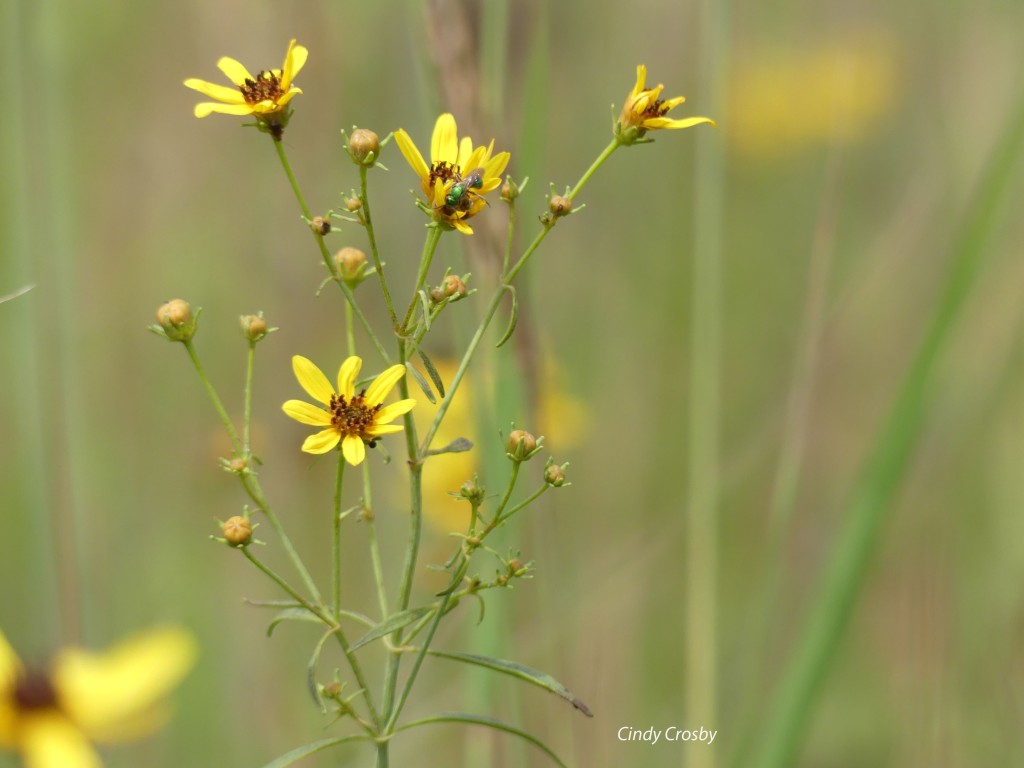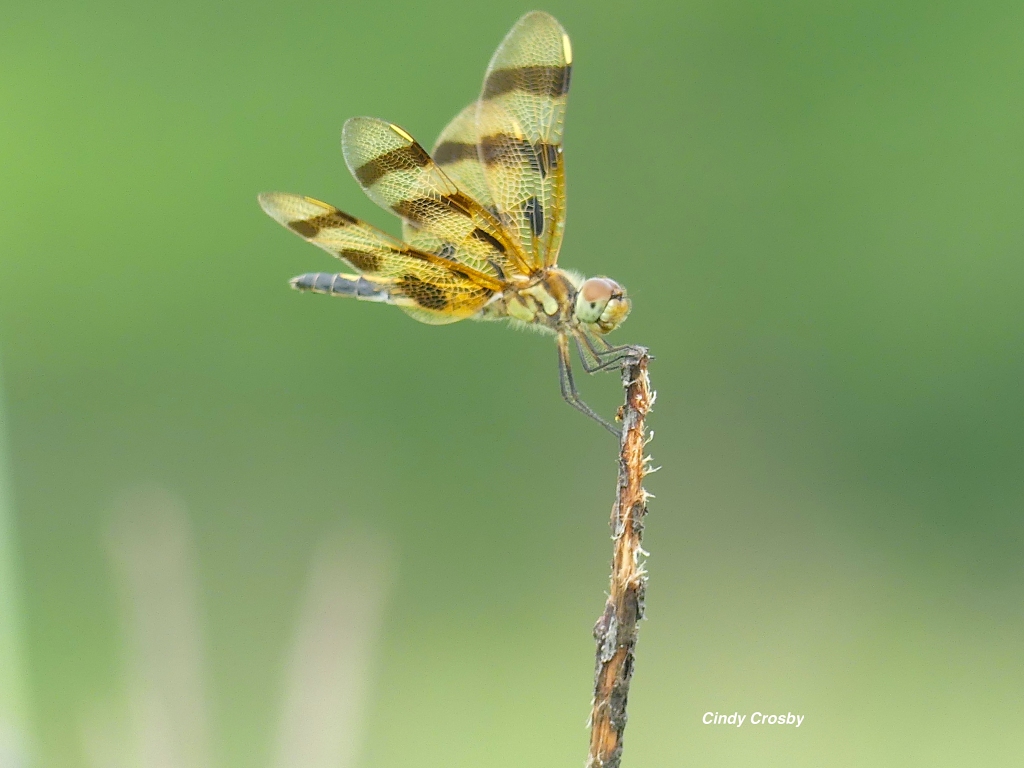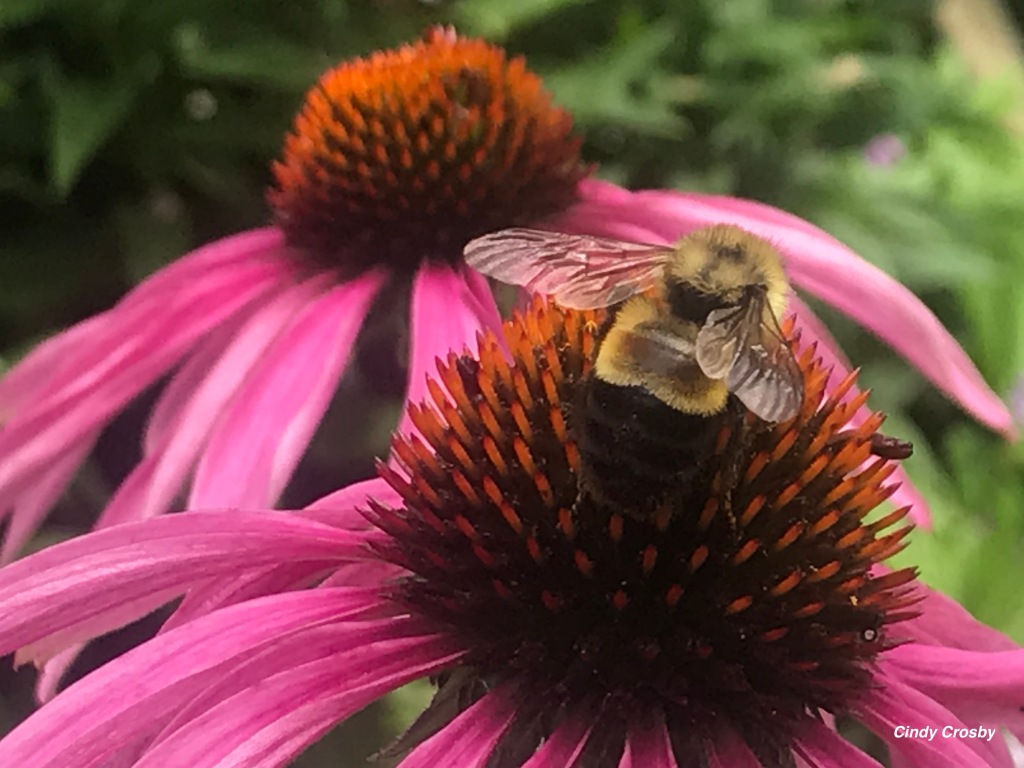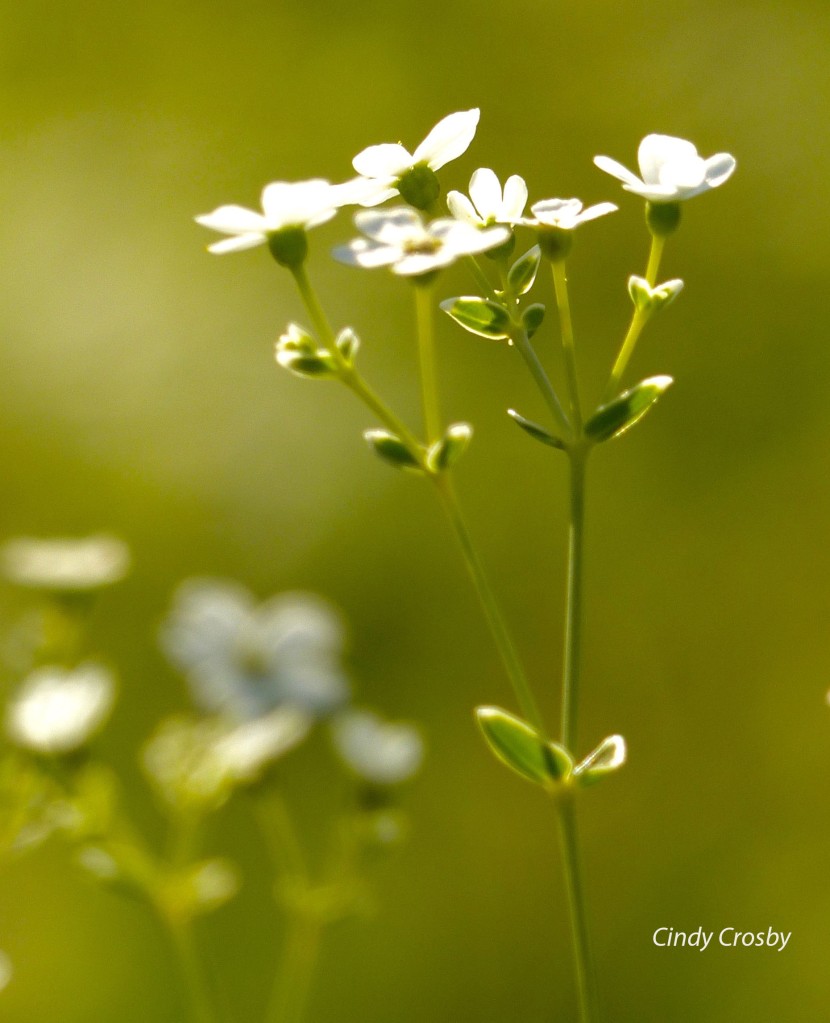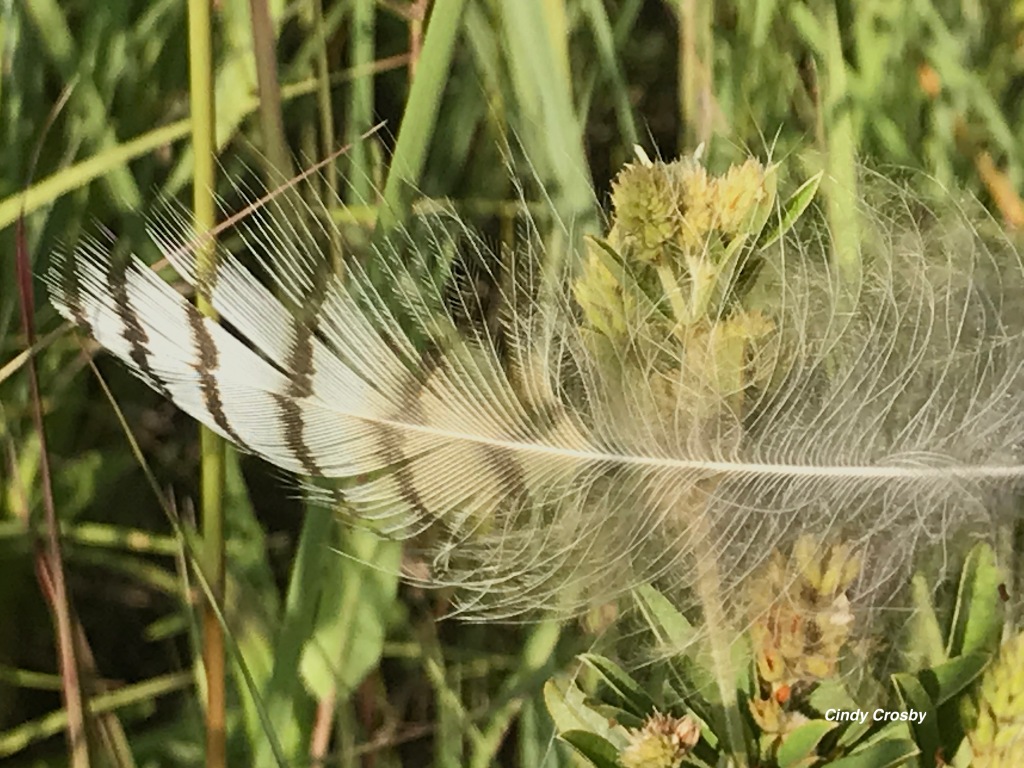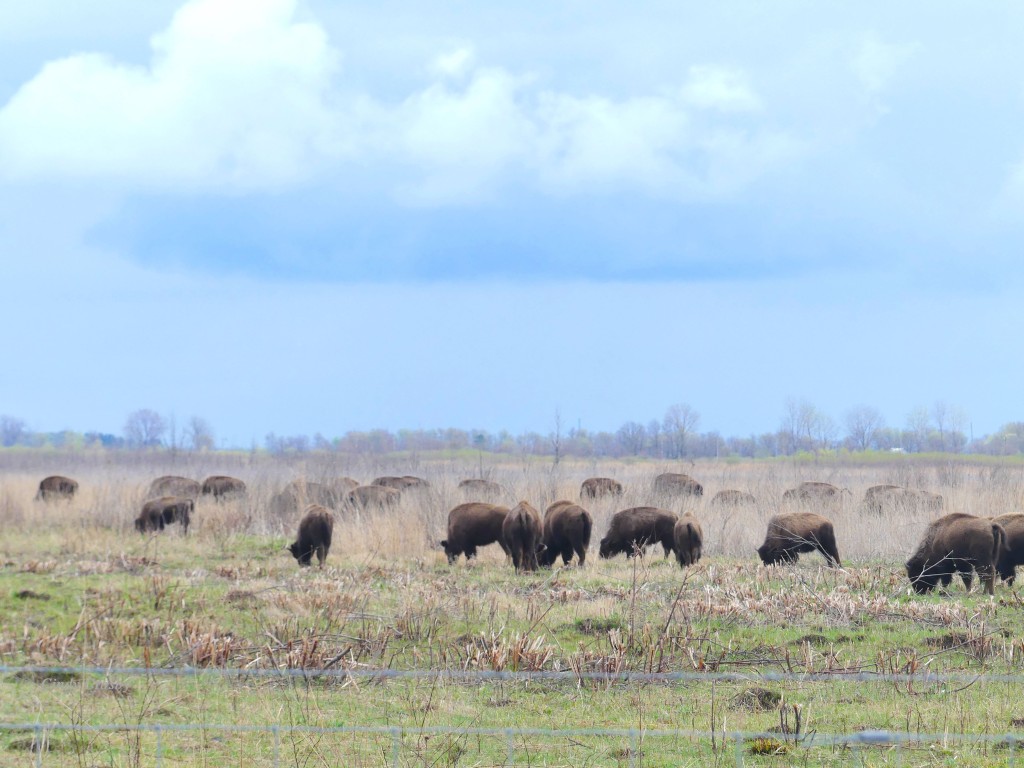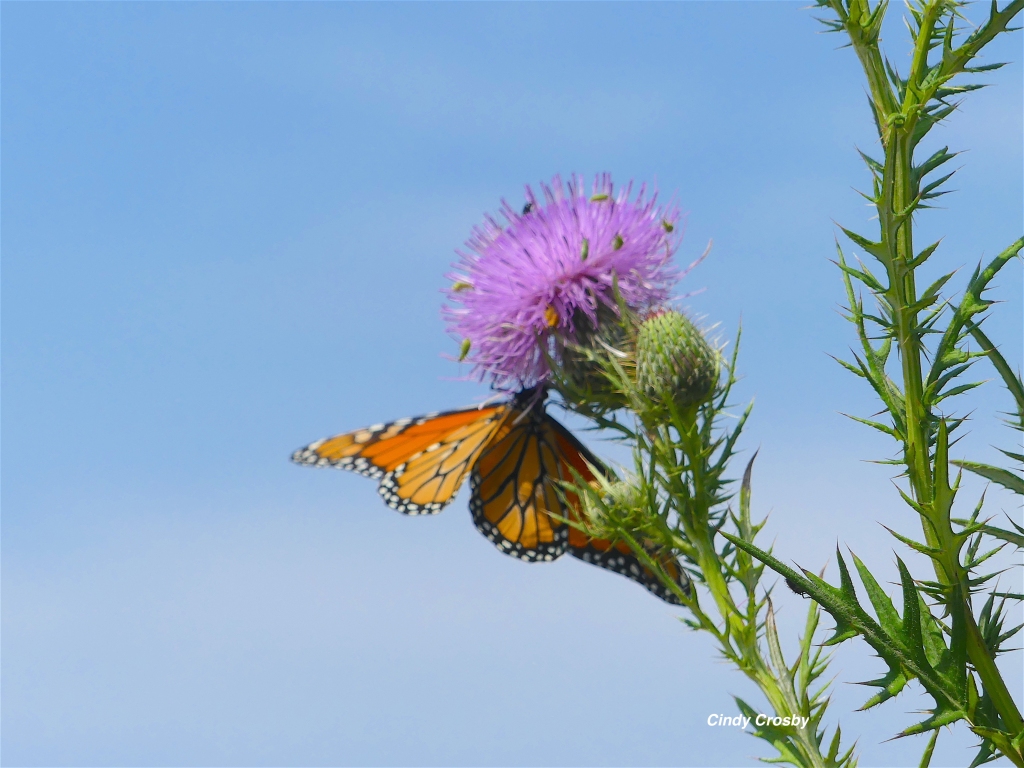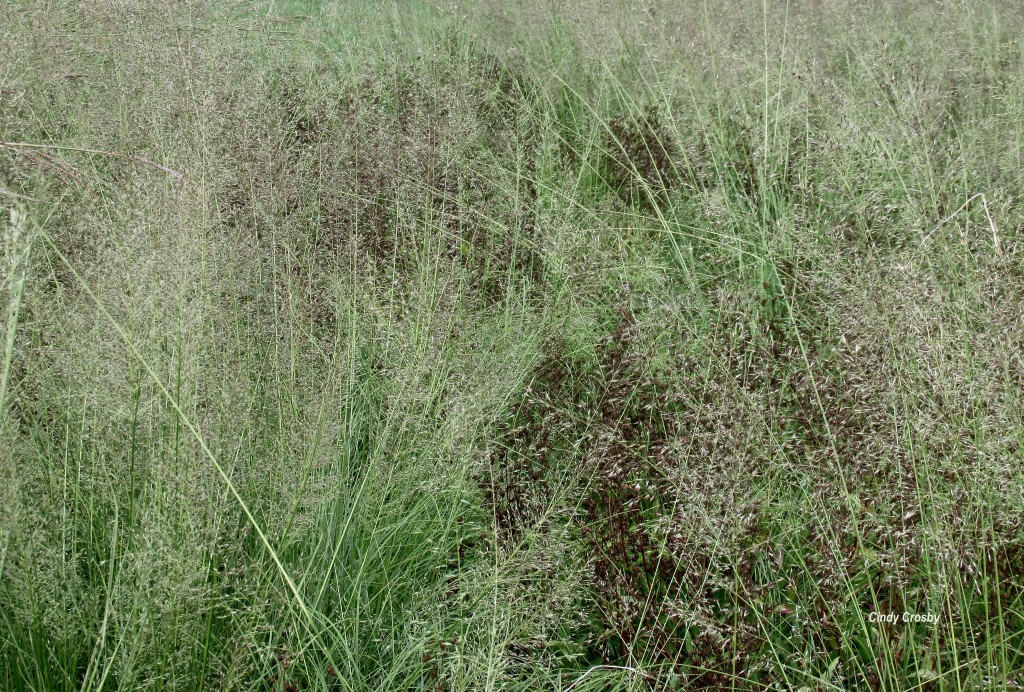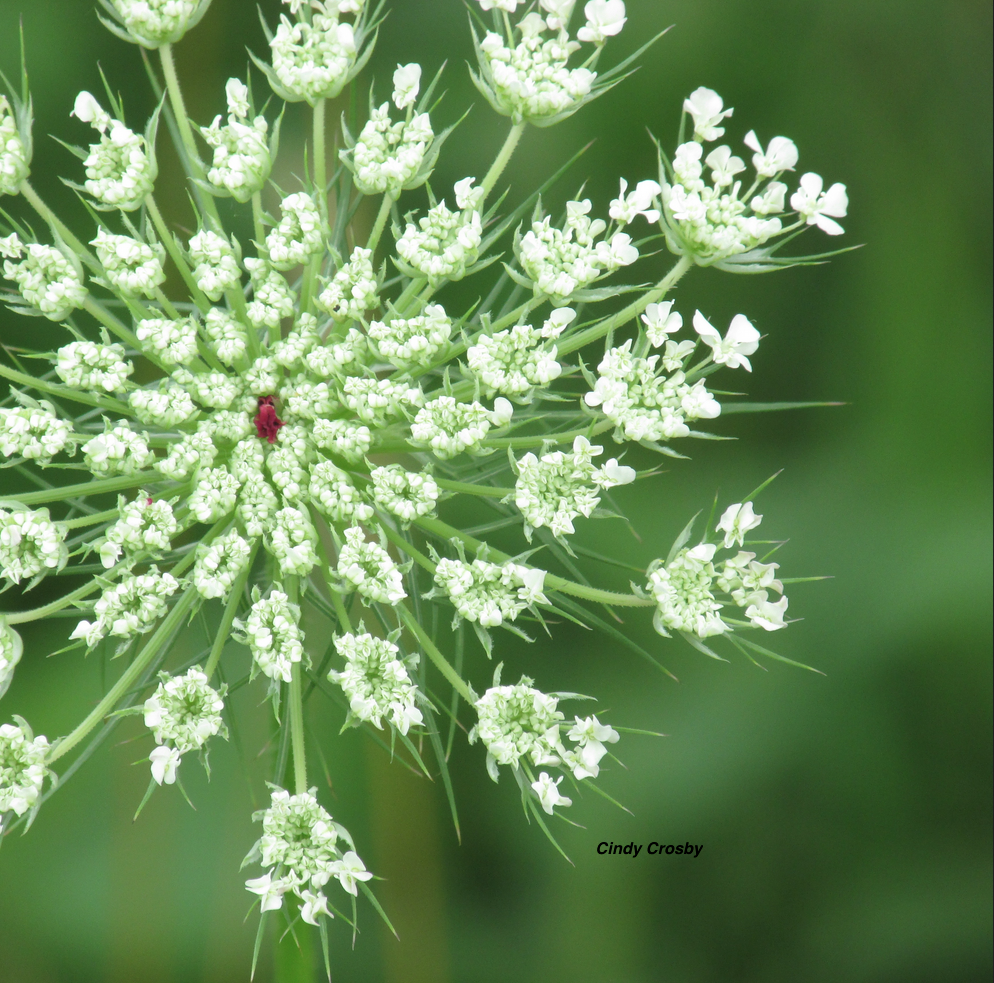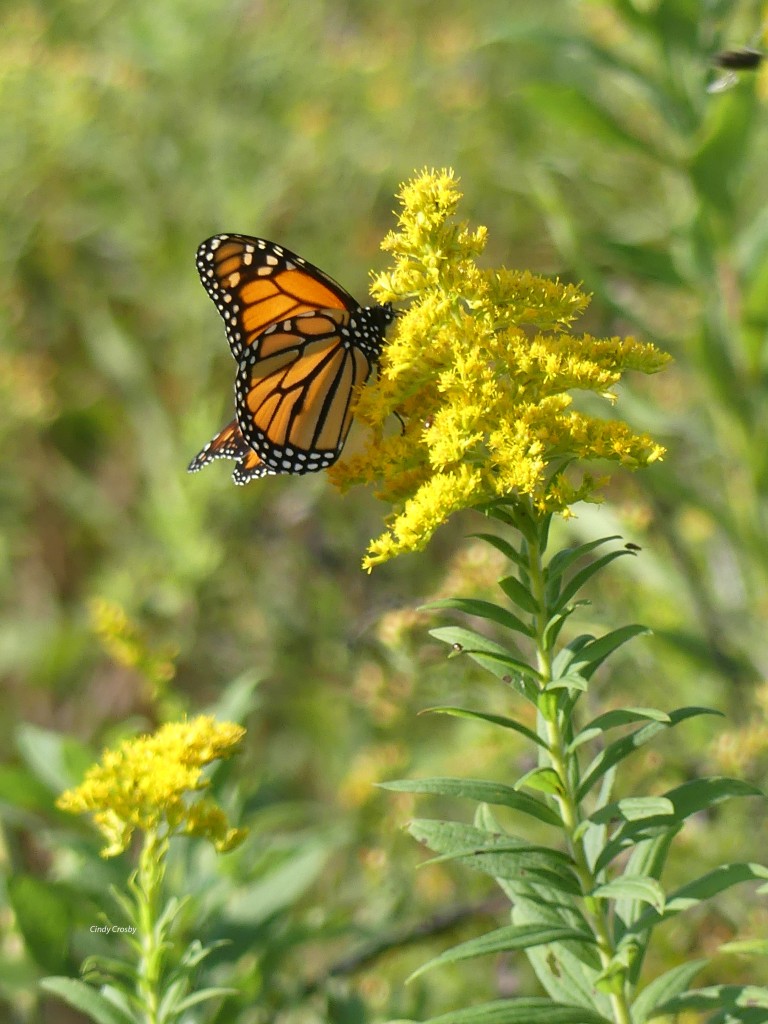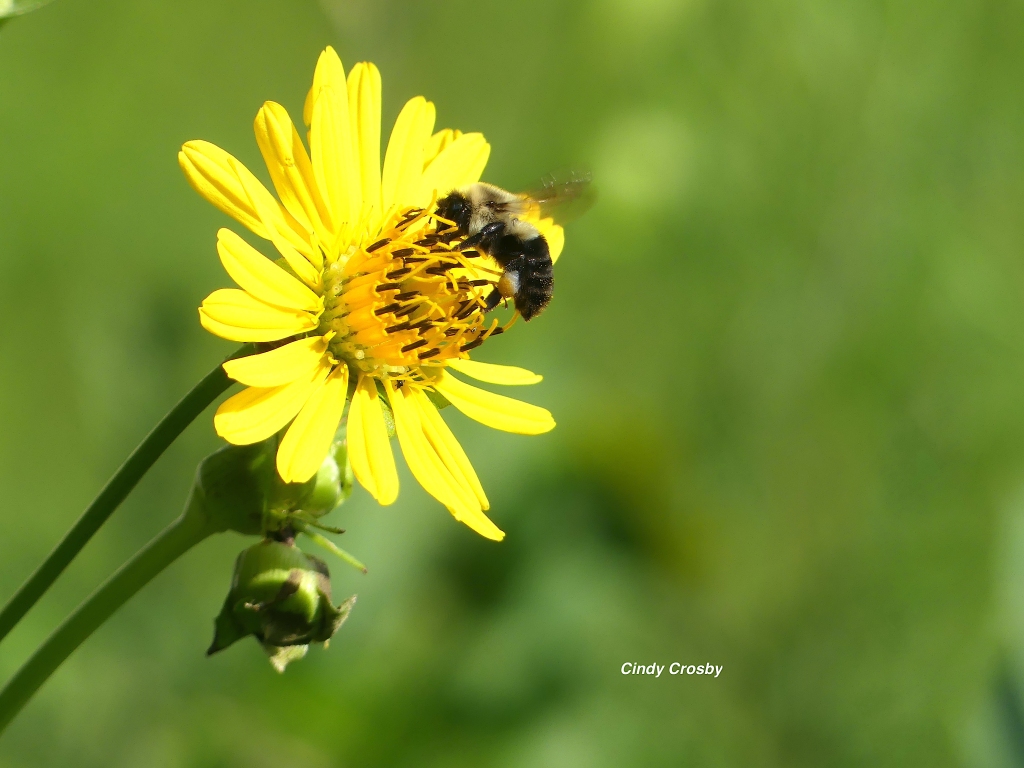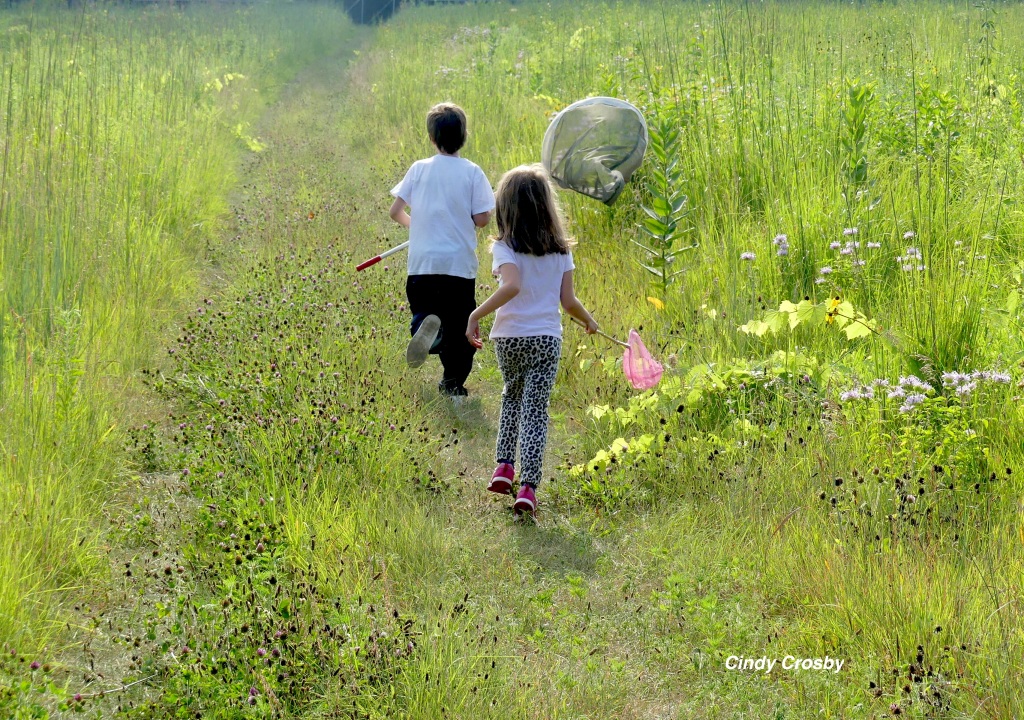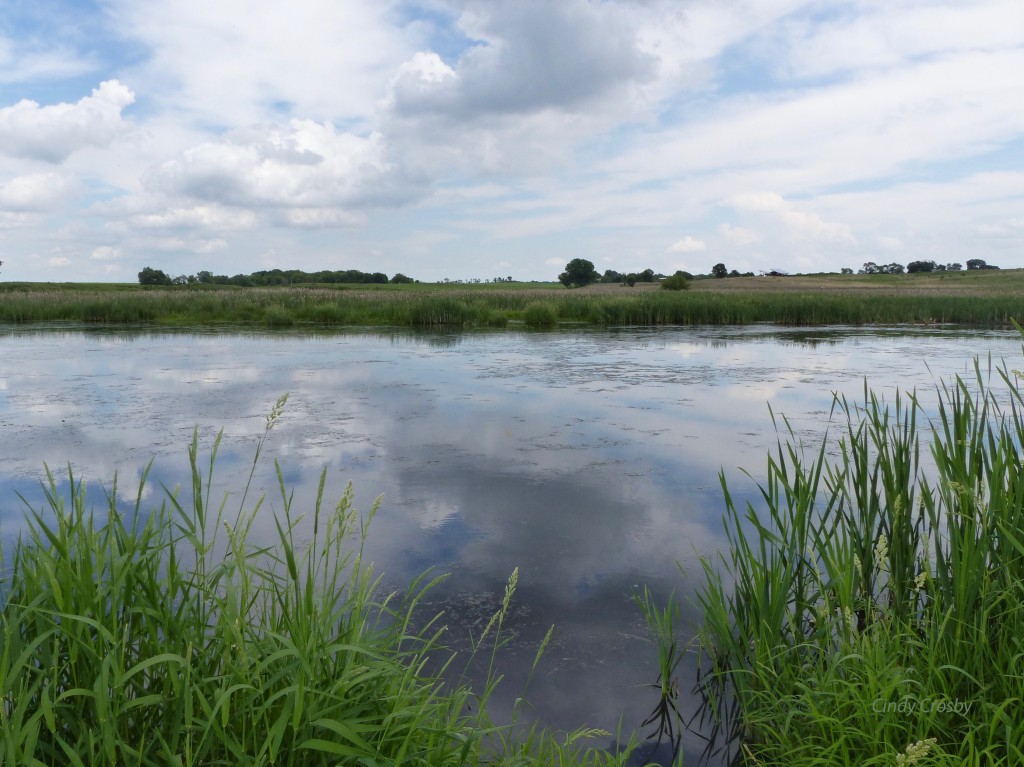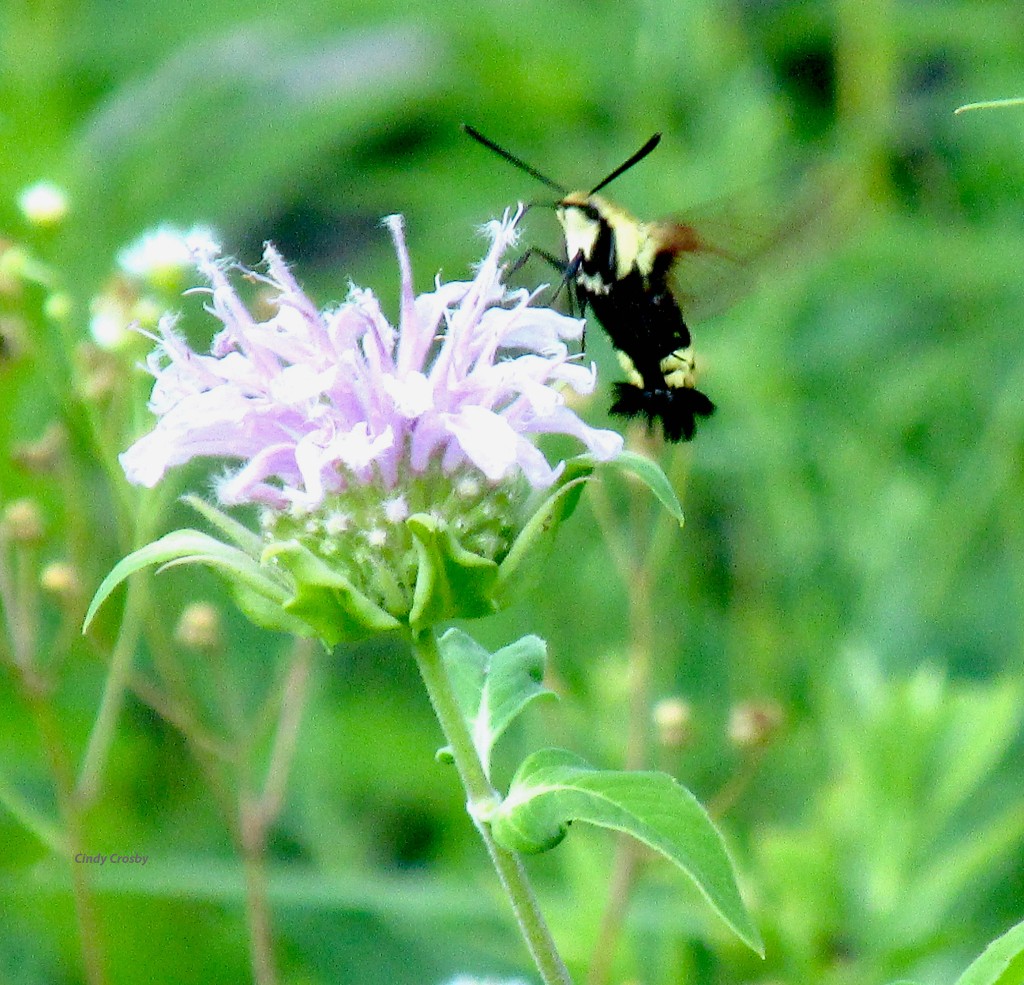“A prairie…requests the favor of your closer attention. It does not divulge itself to mere passersby.” —Suzanne Winckler
*****
The opening days of December feature chilly winds and bruised skies. Ice skims the lakes and ponds. A light smattering of snow is said to be on the way, but for now, the world is wet and dripping. It’s tempting to stay inside.

But for those who do go for a hike…

…the prairie’s subtle hues make the effort worthwhile.

Listen! You might hear a downy woodpecker, a white-breasted nuthatch, or an American tree sparrow.

They often flit along the prairie outskirts, quiet chirps enlivening the gloom.

You’ll probably have to walk briskly to stay warm. But it’s worth pausing for a moment to admire the crimp of a cup plant leaf…

… or the waves of wild bergamot, now gone to seed.

As I’ve gotten older, I’ve become more appreciative of the beauty of aging plants. The history of a prairie tract is writ large in its crumpled leaves and its seed-spent wildflowers. I can see how the drought this year favored some plants and not others.

Each season on the tallgrass prairie is unique, and yet, reassuringly the same in many ways in its rhythms. Now, in December, 2023’s closing chapter is unfolding.

Look deep in the grasses. Perhaps you’ll see the carrion flower vine.

Which species? It’s tough to tell at this time of year. We have three different kinds of carrion flowers on this prairie: Smilax herbacea, S. illinoensis, and S. ecirrhata.

It’s one of the three! If I spent some time with it, I might decipher it to species. But the air is sharp and my fingers are getting numb. I tuck my hands in my pockets, and regret the gloves left in the car. “Carrion flower” will have to be enough to serve my taxonomic curiosity today.
Look at those grasses! Switchgrass…

…and the prairie cordgrass, pale against December’s myriad colors.

I love December’s palette.

Even as the sky threatens to unload another round of drizzle, my spirits lift. The air, the wind, the visual feast of prairie is energizing.

The slog through the waterlogged paths doesn’t bother me much. I’m grateful to have my knee-high rubber boots on. The colors of the rain-slicked grasses are intensified by the wet.

Spots of bright color catch my eye.

The matted milkweed pappus is no less lovely in its pods for its soaking.

The cream gentians have come into their post-flowering structure, no less beautiful in this late season. Just different.

I haven’t hiked far, but I’m tired. It might be good to sit for a bit.

There is time to reflect on the past year. So many memories, both pleasant and painful. I wonder what the new year will hold. What new adventures lie ahead.

But for now, the moment is enough. The wet grasses glow. The stripped trees hold the promise of a time of rest for a few months, before everything grows and greens again.

And even with the raw sky above and the scent of snow on the way in the air, I wouldn’t trade this day for one in another season. It’s perfect, just as it is.
Welcome, December.
*****
The opening quote is from Suzanne Winckler from her book Prairie: A North American Guide (2004, University of Iowa Press). Her desire was to get people out of their cars, and into the prairies. Beautiful!
*****
Join Cindy for her last program of the year!
12/12– 7:15-8:30 p.m.: “Winter Prairie Wonders” hosted by the Buffalo Grove Garden Club. Free and open to the public! For more information, click here.
Coming in January 2024
1/10/24 –“Literary Gardens: Online” 1-2:30 p.m. with the Oak Park/River Forest Garden Club. (Closed Event for Members). For information on the organization, or to inquire about becoming a member, visit here.
1/11/24–“A Brief History of Trees in America” In Person 9:30-11 a.m. with the Hilltop Gardeners Garden Club, Oswego Public Library, Oswego. Free and Open to the Public! For more information, visit their Facebook page here.
1/17/24–“Winter Prairie Wonders: Online” 7-8:30 p.m. with the Bensenville Public Library. Free and Open to the Public! Registration link coming after the new year.
1/22/24–“Literary Gardens: Online” 7-8:30 p.m. with the Arlington Heights Public Library. Free and Open to the Public! Registration link coming after the new year.
More classes and programs are at www.cindycrosby.com.



















